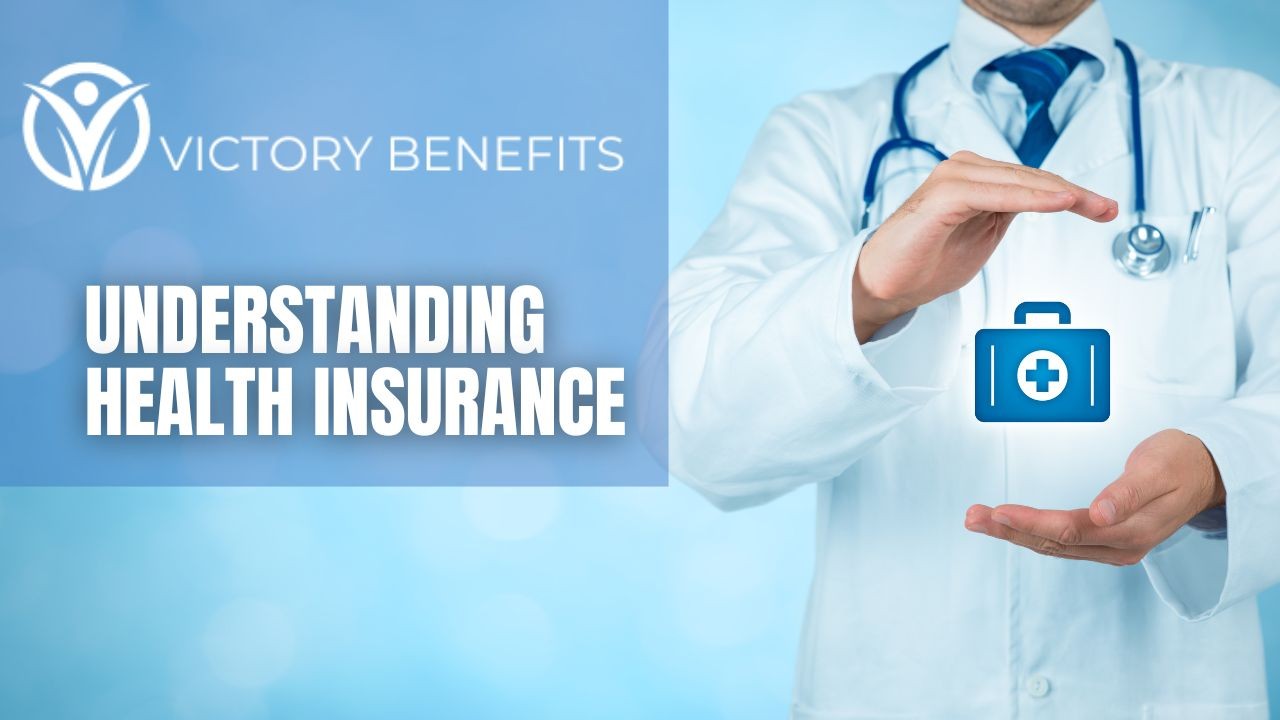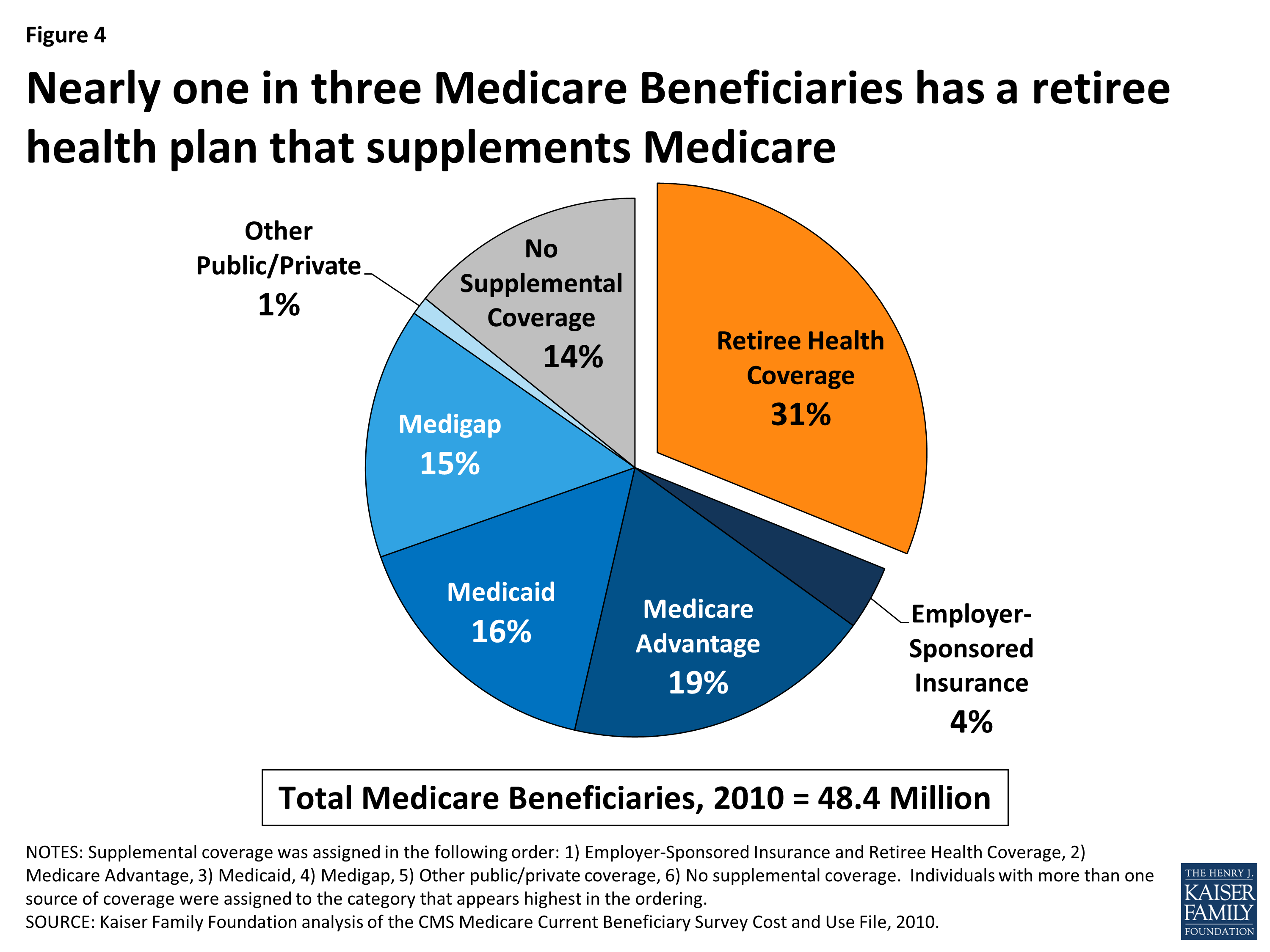See This Report on Medicare Advantage Agent
See This Report on Medicare Advantage Agent
Blog Article
Some Known Facts About Medicare Advantage Agent.
Table of ContentsSome Of Medicare Advantage AgentMedicare Advantage Agent for BeginnersFascination About Medicare Advantage Agent

complies with from perplexing the reasonably young age profile of the uninsured with the far better health and wellness, usually, of more youthful individuals. This obscures the web link in between health condition and medical insurance. For those without accessibility to workplace wellness insurance policy, poor health and wellness is a prospective obstacle to purchasing nongroup insurance coverage due to the fact that such coverage might be very valued, leave out preexisting problems, or be merely inaccessible. The variety of uninsured Americans is not specifically large and has actually not changed in the last few years. 7 out of ten participants in an across the country depictive study assumed that less Americans lacked medical insurance than in fact do(Fronstin, 1998). About fifty percent(47 percent )thought that the number of people without health and wellness insurance coverage reduced or continued to be continuous over the last fifty percent of the last years(Blendon et al., 1999). This decrease of nearly 2 million in the variety of people 'without insurance policy (a reduction
of about 4 percent)is absolutely a favorable change. With a softer economic situation in 2000 the latest reported gains in insurance coverage may not proceed(Fronstin, 2001 ). The decline in the number of uninsured will not proceed if the economic situation stays sluggish and healthcare prices continue to outpace inflation. This is because the data were gathered for a period of strong financial performance. Of the estimated 42 million individuals who were without insurance, just about about 420,000(about 1 percent)were under 65 years old, the age at which most Americans end up being qualified for Medicare; 32 million were adults in between ages 18 and 65, about 19 percent of all grownups in this age; and 10 million were kids under 18 years of age, regarding 13.9 percent of all youngsters (Mills, 2000). These price quotes of the variety of persons uninsured are produced from the yearly March Supplement to the Existing Population Survey (CPS), performed by the Demographics Bureau. Unless or else kept in mind, nationwide price quotes of people without health and wellness insurance coverage and percentages of the population with different type of insurance coverage are based upon the CPS, the most commonly used source of estimates of insurance coverage and uninsurance rates. These studies and the quotes they yield are explained briefly in Table B. 1 in Appendix B - Medicare Advantage Agent. These studies vary in size and sampling techniques, the inquiries that are asked regarding insurance coverage
Some Of Medicare Advantage Agent
protection, and the moment period over which insurance coverage or uninsurance is measured(Lewis et al., 1998, Fronstin, 2000a ). Still, the CPS is particularly beneficial since it creates annual price quotes relatively rapidly, reporting the previous year's insurance coverage estimates each September, and since it is the basis for a regular collection of quotes for greater than twenty years, enabling evaluation of fads in protection over time.

The smart Trick of Medicare Advantage Agent That Nobody is Talking About
Over a three-year duration beginning early in 1993, 72 million individuals, 29 percent of the U.S. populace, were without coverage for at the very least one month. Within a solitary year(1994), 53 million people experienced at the very least a month without insurance coverage(Bennefield, 1998a). Six out of every 10 without insurance adults are themselves used. Although functioning does enhance the possibility that and one's family participants will have insurance, it is not a guarantee. Even participants of family members with two full time breadwinner have virtually a one-in-ten possibility of being uninsured (9.1 percent without insurance price)(Hoffman and Pohl, 2000 ). The partnership between medical insurance and accessibility to care is well developed, as documented later in this phase. The connection in between health and wellness insurance policy and health and wellness results is neither straight neither easy, an extensive clinical and wellness services research literature links wellness insurance protection
to improved better to care, better far betterHigh quality and improved boosted and population populace health and wellness. The second record, on individual wellness results for without insurance adults, is represented by the inner circle of the number, while the third record, on family members wellness, includes the topics of the 2nd record but stresses a various system of analysis, particularly, the family. The sixth report in the series will certainly provide info about techniques and initiatives undertaken locally, statewide, or nationally to deal with the absence of insurance coverage and its adverse influences. Degrees of evaluation for checking out the impacts of uninsurance. This discussion of medical insurance coverage concentrates primarily on the united state populace under age 65 since essentially all Americans 65 and older have Medicare or other public coverage.
Furthermore, it focuses specifically on those without any kind of medical insurance for any type of length of time. The problems encountered by the underinsured remain in some areas comparable to those faced by the without insurance, although they are usually much less serious. Uninsurance and underinsurance, however, involve noticeably various plan concerns, and the approaches for addressing them might differ. Throughout this research and the 5 records to follow, the main emphasis gets on individuals without any health insurance policy and hence no support in paying for wellness care past what is readily available with charity and safeguard establishments. Medical insurance is a click to find out more powerful aspect affecting receipt of care because both patients and doctors respond to the out-of-pocket rate of services. Medical insurance, nevertheless, is neither necessary neither adequate to get to medical solutions. However, the independent and direct impact of health and wellness
insurance coverage on access to health and wellness solutions is well developed. Others will certainly acquire the health and wellness treatment they require even without medical insurance, by spending for it out of pocket or seeking it from service providers who offer care totally free or at very subsidized prices. For still others, health insurance policy alone does not make certain receipt of care due to various other nonfinancial obstacles, such as an absence of health and wellness treatment suppliers in their community, restricted accessibility to transport, illiteracy, or linguistic and cultural distinctions. Formal research study concerning without insurance populations in the United States dates to the late 1920s and early 1930s when the Committee on the Price of Medical Care produced a series of reports regarding financing doctor workplace sees and visit their website hospital stays. This concern ended up being salient as the numbers of clinically indigent climbed throughout the Great Anxiety. Empirical researches constantly sustain the web link in between access to care and enhanced wellness outcomes(Bindman et al., 1995; Starfield, 1995 ). Having a routine source of care can be taken into consideration a predictor of access, instead than a direct action of it, when wellness outcomes are themselves made use of as gain access to signs. This extension of the notion of gain access to dimension was made by the IOM Board on Keeping Track Of Gain Access To to Personal Healthcare Services(Millman, 1993, p. Whether parents are insured appears to influence whether or not their youngsters receive treatment as well as how much careeven if the youngsters themselves have protection(Hanson, 1998). The health and wellness of moms and dads can affect their ability to take care of their kids and the level of household stress and anxiety. Bothering with their youngsters's access to care is itself a resource of tension for parents. 3 phases follow in this record. Phase 2 supplies an overview of exactly how employment-based medical insurance, public programs and specific insurance coverage run and communicate to provide substantial but incomplete insurance coverage of the U.S. populace. This includes an evaluation of historical patterns and public laws affecting both public and exclusive insurance, a discussion of the interactions among the different kinds of insurance policy, and an evaluation of why individuals move from one program to one more or end up

Report this page